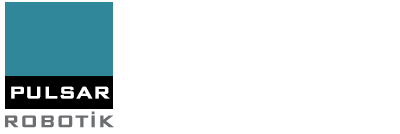Ultraviolet (UV) light is a type of electromagnetic radiation with wavelengths ranging from about 10 to 400 nanometers. It has wavelengths shorter than visible light and longer than X-rays and cannot be seen by the human eye. UV rays are divided into three main groups based on their wavelength: Near Ultraviolet (NUV), Far Ultraviolet (FUV), and Extreme Ultraviolet (EUV).
Electromagnetic Spectrum and UV Light
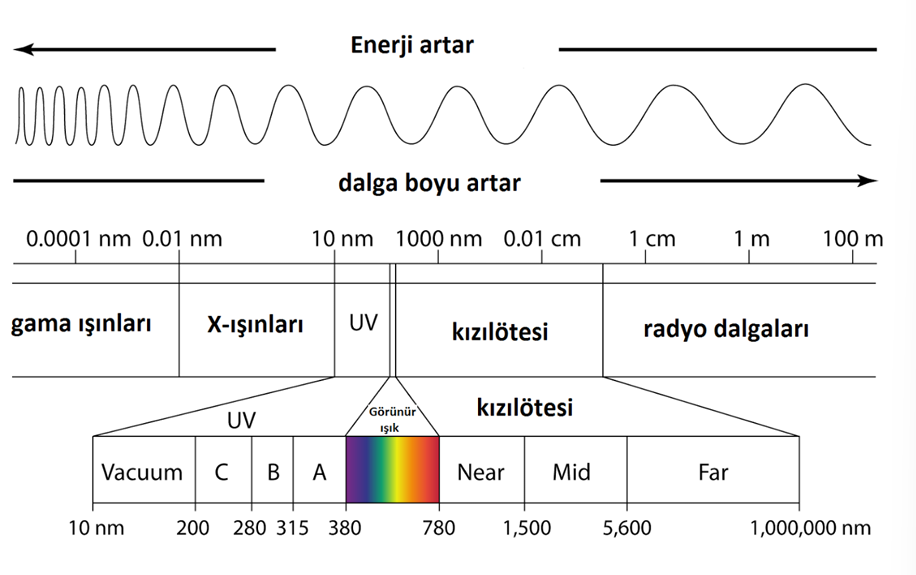
Electromagnetic Spectrum
The sun is the largest natural source of ultraviolet radiation on Earth. However, UV light can be harmful to skin and eyes. Our ozone layer filters out most of the harmful UV rays, creating a protective layer for life. However, there are also man-made sources of UV, such as mercury vapor lamps and electric arc lamps.
Discovery of Ultraviolet Light
Ultraviolet light was discovered by German physicist Johann Wilhelm Ritter in 1801. Ritter separated sunlight with a prism and observed that the invisible light just beyond the optical violet region darkened silver chloride. This discovery gave rise to the term ultraviolet, meaning “ultra violet.”
Types of Ultraviolet Light (UV)
The following table summarizes the types, wavelengths, and properties of ultraviolet light:
| Name | Abbreviation | Wavelength (nm) | Photon Energy (eV) | Features |
|---|---|---|---|---|
| Ultraviolet A | UV-A | 315-400 | 3.10 – 3.94 | Long wavelength UV, black light, is not absorbed by the ozone layer. |
| Ultraviolet B | UV-B | 280-315 | 3.94 – 4.43 | Medium wavelength UV is largely absorbed by the ozone layer. |
| Ultraviolet C | UV-C | 200-280 | 4.43 – 12.4 | Short wavelength UV is completely absorbed by the atmosphere. |
| Near Ultraviolet | N-UV | 300-400 | 3.10 – 4.13 | Can be seen by some animals. |
| Far Ultraviolet | F-UV | 122-200 | 6.2 – 10.16 | Ultraviolet, near X-rays. |
| Extreme UV | E-UV | 10-121 | 10.25 – 124 | Ionizing radiation is completely absorbed by the atmosphere. |
Areas of Use of UV Light
Ultraviolet (UV) light is used in many areas, especially photography, electronics, biology and materials science. UV curing technologies are especially preferred for the polymerization of chemical substances. UV-A light is generally used in UV curing processes.
Other uses of ultraviolet light:
- Chemical curing
- Image processing
- Material inspection
- Medical and laboratory applications
- Disinfection systems
- Security systems (counterfeit money detection, etc.)
Non-Solar UV Light Sources
1. Black Light Lamps
It emits UV-A rays. It is preferred in applications where visible light is minimized. It is also used in image processing systems.
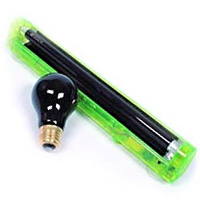
Black Light (Black Light Lamps)
2. Short Wave UV Lamps
It produces UV-C rays. It is widely preferred for surface and water disinfection.

Short Wave UV Lamps
3. UV LEDs
Today, it is most commonly produced in 365nm and 395nm wavelengths. It is used especially in areas such as UV curing, digital printing, and security applications.
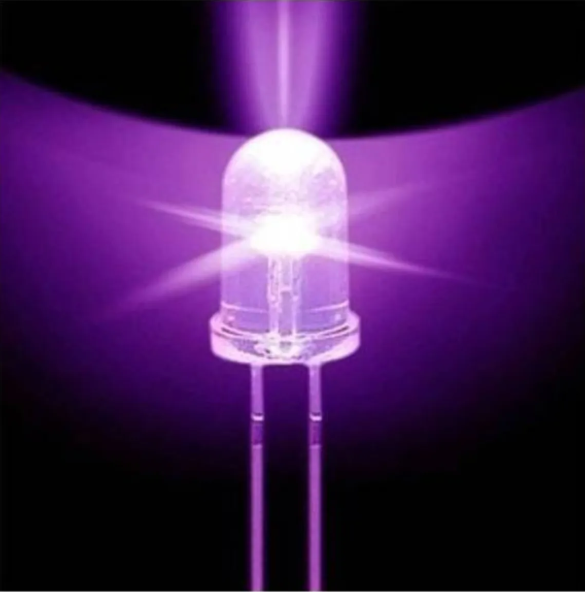
Ultraviolet LED
4. UV Lasers
Excimer lasers are high-power UV sources, particularly suitable for integrated circuit manufacturing and medical applications.
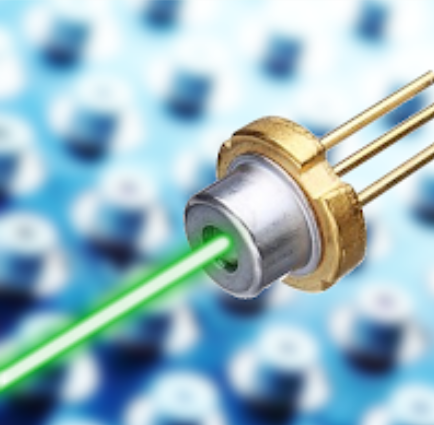
Ultraviolet Laser Diode
5. Vacuum Ultraviolet (V-UV)
These UV lights between 100-200 nm are used in vacuum environments because they are absorbed by oxygen in the atmosphere. They are preferred in analytical chemistry and materials science.
Ultraviolet light, although invisible, plays a vital role in industrial, scientific and biological processes. Thanks to UV lamps, LEDs and lasers, the advantages of UV light are used in many areas. Technologies such as UV curing in particular provide speed and quality in production.
Click to get information about our ultraviolet curing solutions.
